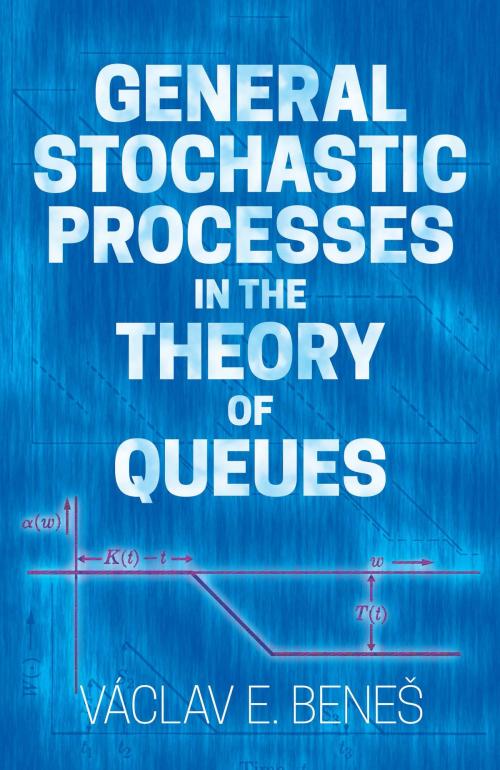General Stochastic Processes in the Theory of Queues
Nonfiction, Science & Nature, Mathematics, Probability, Statistics, Technology, Engineering| Author: | Vaclav E. Benes | ISBN: | 9780486823379 |
| Publisher: | Dover Publications | Publication: | June 15, 2017 |
| Imprint: | Dover Publications | Language: | English |
| Author: | Vaclav E. Benes |
| ISBN: | 9780486823379 |
| Publisher: | Dover Publications |
| Publication: | June 15, 2017 |
| Imprint: | Dover Publications |
| Language: | English |
This concise, widely referenced monograph addresses an important topic in queuing theory: delays in queuing systems with one server. The book offers a general, rigorous presentation of mathematical theory in addition to an understandable, practical account of applications. This balanced treatment is suitable for advanced undergraduates and graduate students in applied mathematics, operations research, and electrical engineering as well as professional electrical engineers.
The text examines delays in queues with one server and order of arrival service without any restrictions on the statistical character of the offered traffic. Formulas and equations describing probabilities of delay and loss are established by elementary methods. Despite the generality of the approach, intuitive proofs and extensive applications of the physical significance of formulas are given, along with rigorous derivations. The theory is then applied to specific models to obtain illustrative new results.
This concise, widely referenced monograph addresses an important topic in queuing theory: delays in queuing systems with one server. The book offers a general, rigorous presentation of mathematical theory in addition to an understandable, practical account of applications. This balanced treatment is suitable for advanced undergraduates and graduate students in applied mathematics, operations research, and electrical engineering as well as professional electrical engineers.
The text examines delays in queues with one server and order of arrival service without any restrictions on the statistical character of the offered traffic. Formulas and equations describing probabilities of delay and loss are established by elementary methods. Despite the generality of the approach, intuitive proofs and extensive applications of the physical significance of formulas are given, along with rigorous derivations. The theory is then applied to specific models to obtain illustrative new results.















